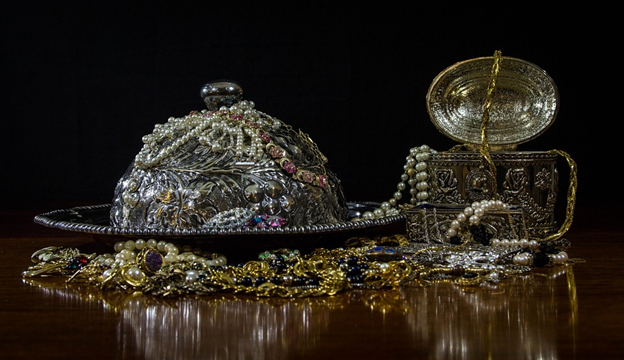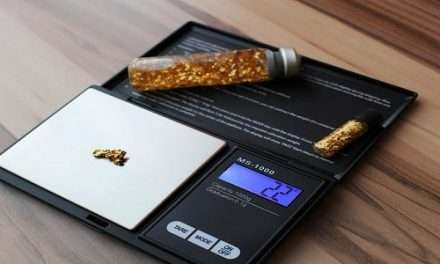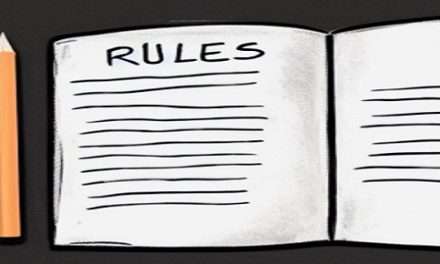Gold and silver have been used as forms of currency for centuries. Today, they are still seen as valuable assets, and some people choose to invest in them. If you are thinking about rollover IRA into gold and silver, you should do your research first. In this blog post, we will discuss the pros and cons of investing in precious metals IRAs, and we will help you decide if this is the right decision for you. Thanks for reading!
What are IRAs and what can they be rolled into
IRA’s were created in the 1974 by the Employee Retirement Income Security Act. IRA’s are a great way to save for retirement because they offer tax advantages. You can contribute to an IRA with pre-tax money and your investment will grow tax deferred. This means you won’t have to pay taxes on your investment until you withdraw the money in retirement.
There are two types of IRA’s: traditional and Roth. With a traditional IRA, you get a tax deduction for your contribution, but you will pay taxes on your investment when you withdraw the money in retirement. With a Roth IRA, you don’t get a tax deduction for your contribution, but your investment grows tax-free, and you won’t have to pay taxes on it when you withdraw the money in retirement. You can rollover your 401k into an IRA if you leave your job or retire.
You can also rollover an inherited IRA into your own IRA. And you can do a conversion, which is when you convert a traditional IRA into a Roth IRA. Now that we’ve covered the basics of what an IRA is, let’s talk about whether or not you can rollover your IRA into gold and silver. The answer is yes, but there are some rules you need to be aware of first.
Gold and silver are considered precious metals and they are treated differently than other investments when it comes to IRAs. With other investments, like stocks and mutual funds, you can hold them directly in your IRA. But with precious metals, the IRS requires that they be held in a special storage facility called a depository. This is to ensure that the precious metals are properly stored and protected. There are only a handful of approved depository providers in the US, and they all charge annual storage fees. The most popular depository is included in this course so click here to learn more about it.
When rolling over IRA into gold or silver, you will need to open a new account with one of these approved depositories and then transfer the funds from your old IRA account to the new account. An IRA rollover is when you roll over assets from one retirement account into another. For example, you could roll over assets from a 401(k) into an IRA.
IRA rollovers are popular because they give investors more control over their retirement portfolios. For instance, with a rollover IRA, you can choose to invest in physical gold and silver, which are not typically available in other types of retirement accounts. Rollover IRAs also offer tax benefits, such as the ability to deduct contributions from your taxes. Finally, rollover IRAs offer flexibility in how you take distributions from your account. You can take distributions at any time, and you can even choose to have the distributions automatically transferred to your checking or savings account each month.
Gold and silver as IRA investments
Gold and silver have long been safe havens for investors looking to protect their wealth from economic turmoil. Recently, there has been renewed interest in these precious metals IRA investments. While rollover IRAs typically invest in stocks and bonds, some investors are now choosing to roll over their IRA into gold and silver.
There are several reasons for this shift. First, gold IRA and silver tend to hold their value better than other assets during periods of inflation. Second, other precious metals are physical assets that can’t be easily devalued by governments or central banks. Finally, rollover into gold IRAs and silver IRAs can provide peace of mind for investors who are worried about the stability of the stock market. While there are risks associated with any investment, many investors believe that gold and silver offer a unique combination of safety and growth potential.
The benefits of rolling an IRA into gold or silver
Rollover into a gold or silver IRA can provide a number of benefits.
- For one, it can help to diversify your portfolio and protect your savings from inflation. Gold and silver have historically been more resilient to inflation than other asset classes, such as stocks and bonds.
- Additionally, rolling over your IRA into gold or silver can provide peace of mind in knowing that your savings are backed by a physical asset. Gold and silver can also be used as a hedge against market volatility, providing a level of stability during times of economic uncertainty.
- Finally, rollover IRAs offer tax benefits that may not be available with other types of investment vehicles. For example, rollover IRAs are typically not subject to capital gains taxes.
Consequently, rolling over your IRA into gold or silver can be an excellent way to grow your wealth while minimizing your tax liability.
How to roll an IRA into gold or silver
Here’s a step-by-step guide for IRA gold and silver rollovers.
- First, you’ll need to find a reputable gold IRA company. Make sure to do your research and read reviews before making a decision. Click this link to find our preferred gold ira companies.
- Once you’ve selected a dealer, you’ll need to open a self-directed IRA account with them. This is where your gold or silver will be stored.
- Next, you’ll need to fund your account. You can do this by transferring money from an existing IRA or 401(k), or by making a direct contribution.
- Once your account is funded, you can then purchase gold bullion or silver bars or coins. Be sure to diversify your portfolio by investing in both precious metals.
- Finally, once you’ve made your purchase, your gold or silver will be stored in a secure location until you’re ready to retire. When that time comes, you can either take physical possession of your metal or sell it and withdraw the cash.
Things to consider before rolling an IRA into gold or silver
For those looking for an alternative to the stock market or traditional IRA rollover options, rolling over an IRA into gold or silver can be a great choice. Here are a few things to keep in mind if you’re considering this option: First, it’s important to remember that you can roll over any type of IRA into gold or silver, including a traditional or Roth IRA, SEP IRA, or SIMPLE IRA.
You’ll just need to work with a qualified rollover specialist to make sure the process is done correctly. Second, there are a few different ways to roll over your IRA into gold or silver. You can choose to do a direct rollover, which means the gold or silver is transferred directly from your current gold IRA custodian to a new custodian who specializes in precious metals.
Or you can do an indirect rollover, which involves withdrawing the cash from your current IRA and then using that cash to purchase gold or silver coins or bars within 60 days. Keep in mind that if you choose the indirect rollover option, you’ll be responsible for any taxes and penalties on the withdrawal. Click the button below to read a review about some of the best Gold IRA rollover companies:
Finally, once you’ve rolled over your IRA into gold or silver, you’ll need to decide how you want to invest those funds. You can choose to invest in physical precious metals like coins or bars, or you can invest in ETFs or mutual funds that track the price of gold and silver. You’ll also need to decide how much of your portfolio you want to allocate to each metal. Gold and silver prices can fluctuate pretty significantly, so it’s important to work with a financial advisor to make sure your gold investments are properly diversified.
The risks associated with investing in gold and silver
We do not advise people who invest in gold and silver to look at it as a trading vehicle. Tax advantage precious metals investing is best done when you have a longer-term investing horizon. Tax-advantaged investments in precious metals is an important part of a long-term purchasing power protection strategy. The volatility of the metals markets means that investors need to be prepared for short-term fluctuations in the value of their investments.
However, over the long term, precious metals have proven to be an effective way to protect purchasing power and preserve wealth. For investors with a long-term horizon, tax-advantaged investments in precious metals is an important tool for preserving wealth When it comes to investing in precious metals, there are always risks involved. However, these risks can be managed with a little bit of knowledge and careful planning. In short, the biggest risk associated with investing in gold or silver is having a short-term investment horizon, but these can be mitigated by doing your research and carefully planning your investment strategy.





